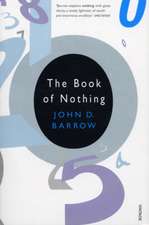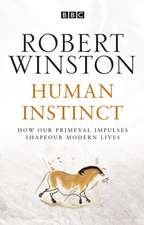Scientific Inference
Autor Harold Jeffreysen Limba Engleză Paperback – 23 aug 2017
| Toate formatele și edițiile | Preț | Express |
|---|---|---|
| Paperback (3) | 118.74 lei 17-23 zile | |
| CHIZINE PUBN – 23 aug 2017 | 118.74 lei 17-23 zile | |
| Muller Press – 14 mar 2007 | 209.93 lei 6-8 săpt. | |
| Cambridge University Press – 16 feb 2011 | 333.97 lei 6-8 săpt. | |
| Hardback (1) | 274.46 lei 6-8 săpt. | |
| Muller Press – 3 noi 2008 | 274.46 lei 6-8 săpt. |
Preț: 118.74 lei
Nou
Puncte Express: 178
Preț estimativ în valută:
22.72€ • 23.64$ • 18.76£
22.72€ • 23.64$ • 18.76£
Comandă specială
Livrare economică 21-27 martie
Preluare comenzi: 021 569.72.76
Specificații
ISBN-13: 9781376216349
ISBN-10: 1376216345
Pagini: 262
Dimensiuni: 154 x 233 x 20 mm
Greutate: 0.37 kg
Editura: CHIZINE PUBN
ISBN-10: 1376216345
Pagini: 262
Dimensiuni: 154 x 233 x 20 mm
Greutate: 0.37 kg
Editura: CHIZINE PUBN
Cuprins
Preface to the third edition; Preface to the second edition; Preface to the first edition; 1. Logic and scientific inference; 2. Probability; 3. Sampling; 4. Errors; 5. Physical magnitudes; 6. Mensuration; 7. Newtonian dynamics; 8. Light and relativity; 9. Miscellaneous questions; 10. Statistical mechanics and quantum theory; Appendices; Index.
Descriere
Descriere de la o altă ediție sau format:
A consistent 1931 account of how the theories proposed by physicists have been derived from, and are supported by, experimental data.
A consistent 1931 account of how the theories proposed by physicists have been derived from, and are supported by, experimental data.















